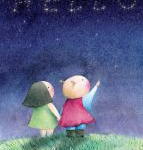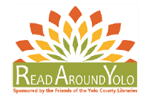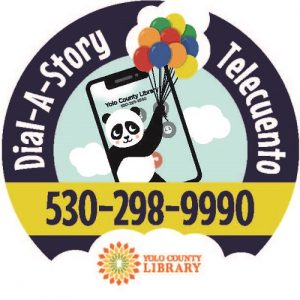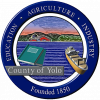The Power of a Smile
We know that communication is at the heart of every relationship. Whether verbal or nonverbal, how we express ourselves shapes how we connect with our children and how they navigate the world around them. One of the simplest yet most powerful forms of communication we have at our disposal is a smile.
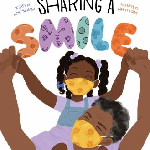 A smile is universal, transcending language, culture, and even age. For children, a smile can be a powerful tool for emotional and social development. It is more than just a gesture of happiness – it can carry meanings such as “thank you,” “I see you,” “I appreciate you,” or simply, “I am here with you.” By teaching children to recognize and use the power of a smile, we are helping them develop emotional literacy and deepen their connections with others.
A smile is universal, transcending language, culture, and even age. For children, a smile can be a powerful tool for emotional and social development. It is more than just a gesture of happiness – it can carry meanings such as “thank you,” “I see you,” “I appreciate you,” or simply, “I am here with you.” By teaching children to recognize and use the power of a smile, we are helping them develop emotional literacy and deepen their connections with others.
- A Smile as a “Thank You” – In the fast-paced world we live in, sometimes simple gestures of gratitude can get overlooked.
- A Smile as “I See You” – Every child wants to feel seen, heard and understood. Sometimes, it’s not enough to just tell them we see them – we need to show them through our actions.
- A Smile as “I Appreciate You” – A child picking up their toys, helping to set the table, or simply sharing a smile with a sibling – all these actions deserve acknowledgment.
- A Smile as a Form of Communication – Words are not a child’s first form of communication – expressions are.
- Smiling for Connection and Comfort – A smile is also a form of comfort.
- Teaching Smiles as a Lifelong Skill – When we teach children to smile in return, we are teaching them a valuable life skill – to acknowledge the world around them with positivity and warmth.

Resources:
Talk, Read, and Sing Together Every Day
Bilingual Backpacks:
Yolo County Library -Kits & Technology – Yolo County Library
No comments
